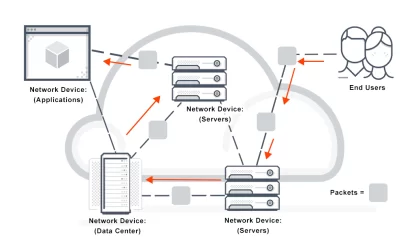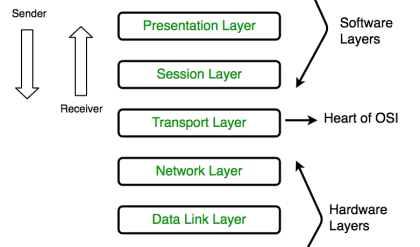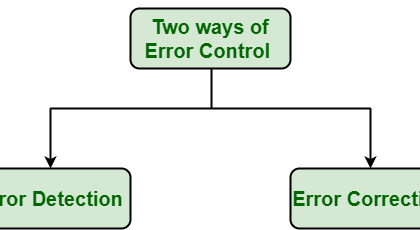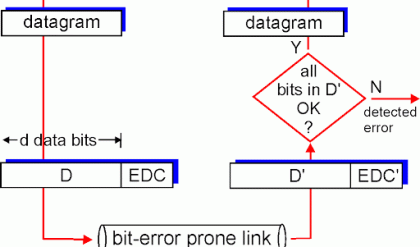Early Sources of Electrical Current
Rather crude dry cell batteries were employed in the earlier periods of telegraph as an electrical current source. Their development coincided with the Morse telegraph

(ca. 1835–1840). They produced about 1.5 volts (direct current) per cell. To achieve a higher voltage, cells were placed in series. Figure 2.1a shows the standard graphic notation for a cell; Figure 2.1b shows the graphic symbol for a battery made up of several cells. A drawing of a battery made up of four cells is illustrated in Figure 2.1c. A dry cell stores chemical energy from which, when its positive electrode is connected through some resistive device to the negative electrode, a current will flow. A battery of cells was the simple power source for a telegraph circuit.
The Electrical Telegraph: An Early Form of Long-Distance Communications
Let’s connect a battery terminal (or electrode) with a length of copper wire looping it back to the other electrode. A buzzer or other sound-generating device is inserted into that loop at the farthest end of the wire before looping back; we now have the essentials of a telegraph circuit. This concept is shown in Figure 2.2. The loop has a certain resistance, which is a function of its length and the diameter of the wire. The longer we make the loop, the greater the resistance. As the length increases (the resistance increases), the current in the loop decreases. There will be some point where the current (in amperes) is so low that the buzzer will not work. The maximum loop length can be increased by using wire with a greater diameter. It can be increased still further by using electrical repeaters placed near the maximum length point. Another relay technique involved a human operator. At the far end of the loop an operator copied the message and retransmitted it down the next leg of the circuit.







Comments are closed.